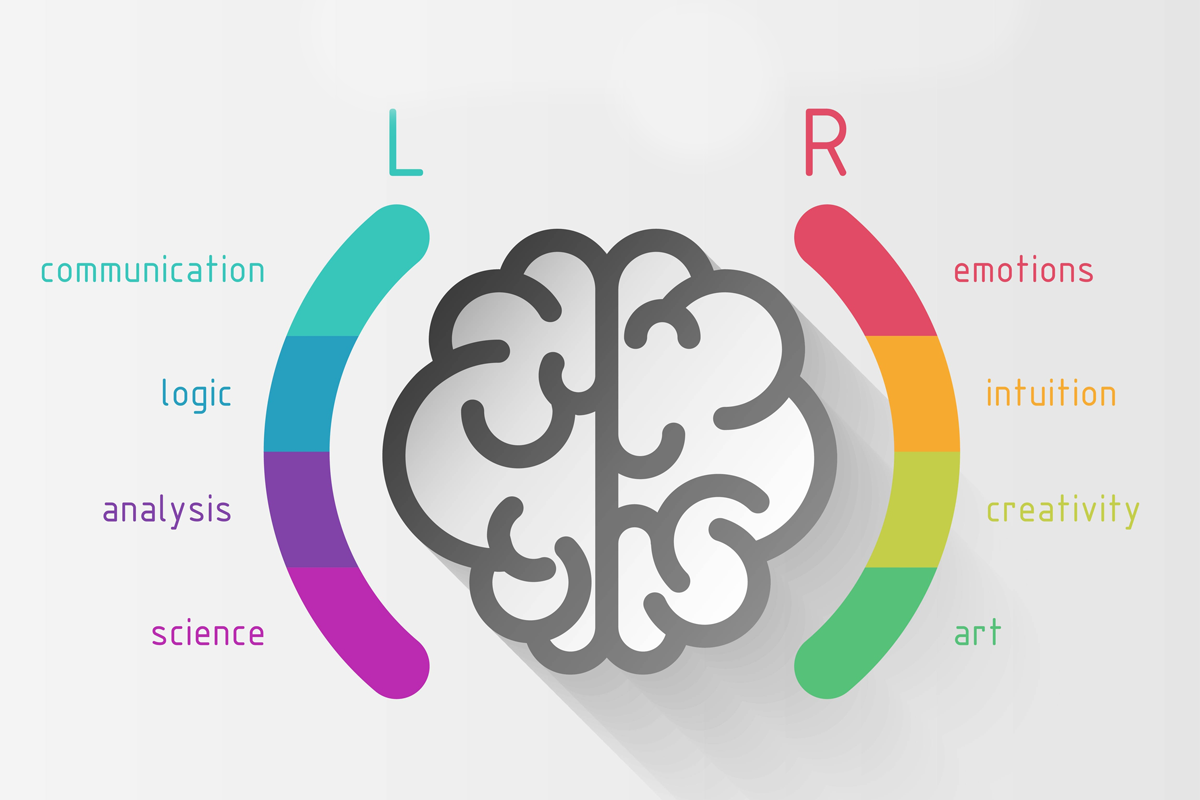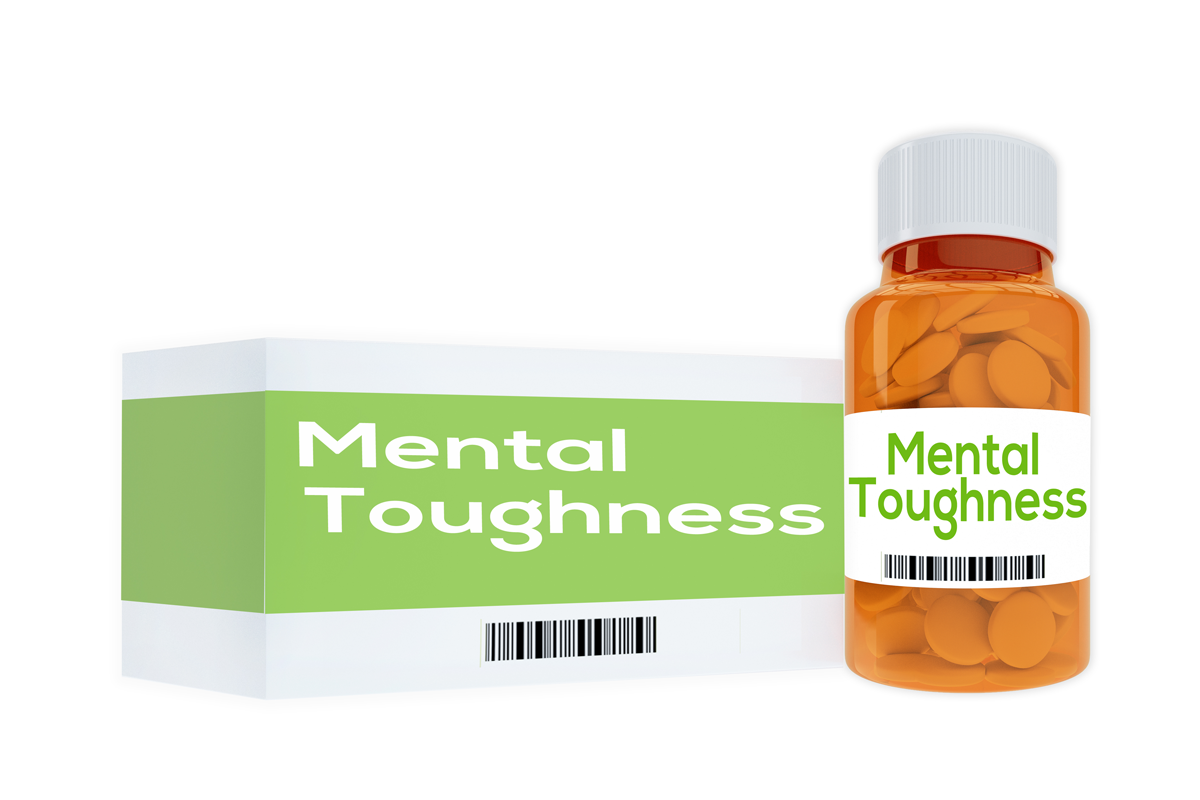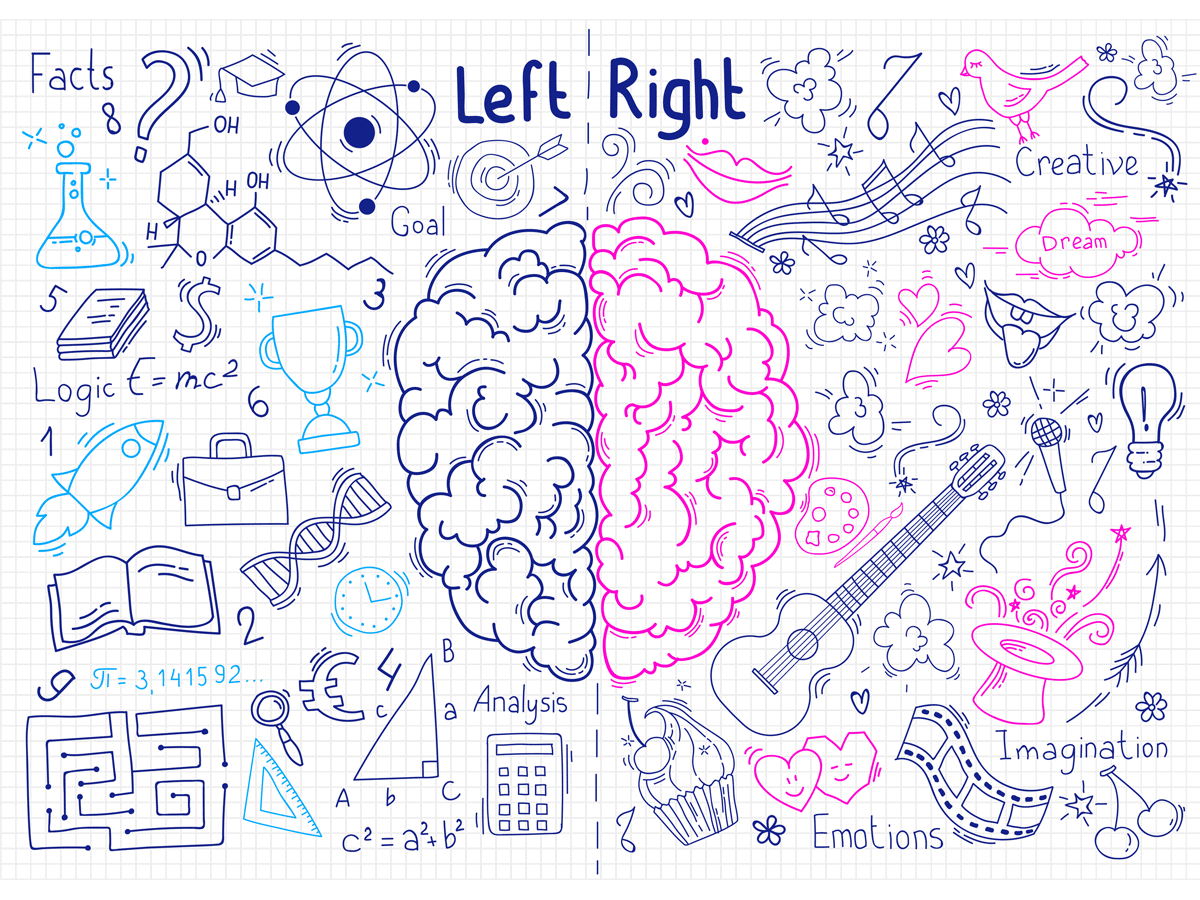Your Most Underutilized Resource

What’s your IQ? Before you answer that, consider the structure of that question. The very idea of IQ is considered like somebody’s height. Consider other “What is…” questions about you.
What is your degree in?
What is your favorite color?
What is your wife’s name?
What is your name?
All these are static things. Once you get a degree in juggling, you’ll always have a degree in juggling. Once you decide your favorite color is purple, your favorite color is always purple. Since the IQ question comes as a, “What is your…” question, it’s assumed to be a static thing. Consider these question relating non-static things.
How much can you bench?
How fast can you run a 10K?
How long do you sleep every night?
How much do you make?
Every one of these has an answer that is understood as nonstatic. You might be only able to bench a hundred pounds or so today, but most normal humans realize that you can easily increase the amount you bench through simple exercise. The same goes for how much you sleep, and how fast you can run a 10K. While monetary goals are not as elastic, nobody really expects to make the same money in ten years that they make today.
How Well Can You Think?
This question sounds outright silly. But it’s appropriate. If it’s at the end of the day, and you have just finished a huge project at work, and are on your fourth beer, you can’t think very well on purpose. We don’t exactly have a brain dial on the side of our heads, but we absolutely do thing specifically so we don’t have to think.
If it’s Tuesday morning, you’ve had a good night’s sleep, and you are elbows deep into a fascinating project at work, you can think much, much better. And when we know we need to think well (important meeting at work, test, etc.) we can take concrete steps to improve our thinking.
Can You Strengthen Your Thinking?

Since it’s obvious that sometimes we think well, sometimes we don’t think so well, it would make sense that we could improve our overall thinking ability. Any doctor who specializes in Alzheimer’s will tell you that there are most definitely things you can to do keep your mental functions operating with high effectiveness.
Since we can “prepare” to think well while we’re working on a project at work, and we can prepare to let the TV do our thinking for us when we’re relaxing at home, and there are things we can do to keep our brains from deteriorating, is sure seems logical that there should also be some things we can do to improve how well we think in general.
Trouble With Causation and Correlation
This is one of the biggest sources of confusion among us silly humans. Consider all of these ideas. One, our brains are always being hit with tons of variables. Far more than we can perceive. Two, medical science isn’t really a science, since they can’t really experiment on people. There are only so many variables that they can measure, and even fewer that they can control.
Even when doing double blind studies to remove the placebo effect, there’s another placebo effect that they can’t remove. Suppose you are given a drug that is supposed to decrease cold symptoms, but you don’t know if it’s a placebo or not. But as soon as you feel any kind of effect from the drug, even if the effect has nothing to do with removing cold symptoms, you know it’s not the placebo. And since you know you have the actual drug, the placebo effect kicks in. It’s very likely that you’ll start to experience a decrease in cold symptoms that aren’t from the drug itself, but from the placebo effect since you know it’s not the placebo.
The placebo effect works when they give people a sugar pill and tell them it’s a drug. They believe it’s a drug, so they feel some benefit. When they do double blind studies (the patient doesn’t know which is the drug and the doctors don’t know) any effect of the actual drug will create the placebo effect. Since they feel an affect, they believe they have the drug, and this belief they have the drug will cause them to imagine benefits from the drug that might not be caused by the drug at all.
What Does This Mean?
Consider that the measurement of IQ, is just like any other medical variable. It’s measurable sure, but it’s extremely hard to do any kind of studies that show anything about the relationship with IQ with anything else. So yeah, if you happen to have a high IQ, then yay for you. But what does that even mean?
Correlation Between High IQ and Success
Not much. Most successful people don’t have higher IQ’s that average. Isaac Newton, despite having one of the highest IQ’s on Earth, not only died a virgin, but lost his ass in a market bubble. (source). So yeah, if you want to be famous for inventing calculus, and nothing else, that’s fine.
What Is Your Brain Anyway?

Consider that us humans are not supposed to sit around thinking and understanding the nature of the universe. Consider that we are goal seeking organism. We create a desire, and take action to make that desire happen. More money, better relationships, nicer clothes, better friends, etc. To that end, our brain is a means to an end, not the end of itself.
Thinking Power Is Not Static
The quality of your thoughts, how well you think, how creatively you think, is not static by any means. The more you exercise your brain, the better you’ll be able to use it. The better you’ll be able to use your brain, the better your life will be. Let all the other IQ geeks join Mensa and pat each other on the back and tell each other how clever they are. Get to work building your brain so you can have a more financially, emotionally, and sexually rewarding life. Let’s get to it, shall we?
Image Streaming
If you only did this one exercise, for five minutes a day, your life would change in profound ways. Some say it increases your IQ. Maybe it does, maybe it doesn’t. What your IQ does as a result is irrelevant. However, what this simple exercise will do will is make you richer, more smarter sounding, and much more persuasive and charismatic. Let’s find out how.
How To Image Stream
This was invented by Dr. Win Wenger. The technique is very simple. You close your eyes, and describe what you see. There are a couple of rules. One is that you have to describe what you see as accurately as you possibly can. Imagine somebody is sitting next to you and has to paint an accurate picture based only on your words. If you say this:
“OK, um there’s this thing, like, over there, and it’s, like wow, it’s moving…”
It won’t help. But if you say something like this:
“Lower left I see a small red object. It’s square, the outside looks like wood that’s painted red, and now I see some rusted hinges on the back, it’s opening up and inside are these round green balls, about two inches in diameter, maybe twenty of them…”
This is much more specific. The second rule is you have to speak as quickly as you possibly can. This is much harder than it sounds for many reasons. It’s very easy to cheat. But you must push yourself.
The last rule is you have to let the images change on their own. Don’t try to force them or hold them. This is why it’s called “Image Streaming.” You are looking at the never ending flow of images in your brain. The faster you can describe them, the more accurately you can describe them, the more you allow them to change on their own, they more this will work.
Benefit One Of Image Streaming

Half of your brain creates spoken language. The other half creates mental images. Since you are using one half of your brain to describe, out loud, what is going on in the other half, you will be creating connections between both hemispheres. More connections between hemispheres will give you much better whole brain thinking.
Benefit Two Of Image Streaming
By forcing yourself to describe as quickly as you can the streaming images inside your brain, you will slowly become more and more articulate. Think of what you are practicing. Very accurate spoken descriptions of imaginary things. Think of some of the most effective public speakers you know. They are highly skilled in this precise skill. Of accurately describing complex ideas, intangible things.
Benefit Three Of Image Streaming
You will be developing a very vast and creative imagination. When you first start, you might see nothing but a bunch of darkness. But the more you do this, the more you’ll be able to imagine very specific images and ideas. This is the core skill needed to create and achieve goals, being able to see them visually in mind first, and then making them real in the world.
Benefit Four Of Image Streaming
Since you will only be able to create images based on the things you’ve actually experienced, you will be re-building your entire memory. You will soon remember things from your early childhood like they happened yesterday. You will also strengthen your ability to remember things in real time.
Benefit Five Of Image Streaming
You don’t need any drugs. You don’t need any money. You don’t need any goofy software. All you need to do is close your eyes and start talking. This simple idea may be the most important thing you do in your entire life, as it can help you achieve success in every area. And it is absolutely free.
Brain Calisthenics

This next exercise will transform your brain from a slow mushy couch potato into a lightning fast efficient weapon of death. OK, so you won’t really develop the power to kill with your thinking, but this exercise will strengthen your brain considerably. How?
Normal Brain Operating Mode
Most of our brains work on auto-pilot, most of the time. Most of us think the same thoughts every day, and we respond to the same things in the same way. Try this experiment and see for yourself. Come up with a reasonably difficult question that your friends will have no idea what the answer is or even how to answer. Something like:
“Hey, when Napoleon became general when he was only twenty four, do you think he knew he’d play a pivotal role in the Rothschild’s eventual takeover of the western banking system?”
Chances are your friend will give you one of three responses. One, he’ll give you a look that says, “What the hell?” Two, he’ll give you a confused look that says, “How would I even know that?” Three, he’ll give you an annoyed look, as if you are winding him up for some long winded diatribe. What he won’t do is take a few moments to consider the question.
The question itself is irrelevant. Use a different one if you like. These are, however, common responses to questions where we don’t get an answer that immediately pops into our head. Most of us don’t like digging through our brains to look for an answer unless we’re taking an exam. Sometimes to make ourselves look smart, we’ll make a comment that sort of sounds like we are answering the question, but is really of the form:
I have idea what the answer to that question is, but I don’t want to admit that, so I’ll give you another answer that I do know and pretend that it’s more relevant than the question you just asked.
Increasing Your Own Brainpower
This exercise will be very difficult because it will force your brain out of the standard, auto-pilot, that conserves precious brain processor power by relying on brain cache as much as possible. The longer can keep your brain in non-auto-pilot mode, the more you’ll actually be able to think when you need to, instead of just regurgitate the same answers over and over.
How To Do It

Look at any object, and give it a name other than what it is. For example, look at a banana and say, “boxing glove.” Then look at another object and repeat the process. There are two important rules.
Don’t Use The Same Real Object Categories
The actual objects you look at have to be in different categories. Banana (food), shirt (clothing), frying pan (cooking utensil), car (vehicle) etc. The second rule is the fake names you give these things can’t be from the same category either. If you looked a bunch of different objects, and then gave them all food names, it wouldn’t take nearly as much brain power.
Go As Long As You Can
You’ll be lucky if you can go for longer than a minute before giving up. This is much harder than it sounds. Every time you shift from one real object to another, in order to follow the rules, you’ll have to remember the previous objects, AND keep track of which categories they belong to. The same with the fake objects. If you did this for only a minute or two per day, pretty soon your brain would be very powerful, capable of thinking of new ideas and thoughts as you dig through your huge pile of thoughts for some new ones.
How To Build Neural Connections
While Image Streaming is great for creating cross-hemispherical connections, this next exercise will significantly increase how vast you feel your experiences really are. This will take a while, and it is pretty thinking-intensive, but the mental reward will be enormous.
ABC List Exercise

Start off in an excel spreadsheet (or other spreadsheet). On the first column (leaving the top row blank) write down the letters of the alphabet. Then in each column to the right, right down a broad category on the top cell, and for each cell below, write in an item in that column that begins with that corresponding letter of the alphabet.
City Example
If you put “Cities” in the top, then you’d have Alberta for A, Boston for B, Chicago for C, and so on down the line. Sometimes you might need to cheat a little. For X, you might not be able to think of a city, so you could put Luxembourg. The main thing is to create an association for the item and the letter.
Purpose
This is fun to play on car trips and drinking games, but it’s also a great way to vastly expand your internal neural network. After you’ve got a few lists (Cities, food, clothing, etc.) then it’s time to start brainstorming. Think of a problem you’d like to solve. Choose a letter that represents the problem (like “R” for I can’t pay my rent).
Then look across all the R words, and just say them one after another. Since they are all in different categories, they won’t have much to do with one another. (Rome, Roquefort dressing, ribbon, railroad, etc.) but if you keep saying or writing them, while focusing on your “problem” you will start to make connections that you never would have otherwise made.
This will not likely give you an immediate and ready answer to your problem (Hey, if I go to Rome and buy a bunch of Roquefort dressing, I can sell it on the railroad while wearing a pretty ribbon in my hair!) But you will become much more creative in how you think, and how you start to solve problems.
Practice Every Day
Once you get to five or more columns of categories, practice brainstorming on any random letter. It’s much better to give yourself a target or a problem to solve. The more you do this, the more creatively you’ll start to think. The most creative geniuses of all time got their ideas from seemingly random places, which represents how our brains are organized.
By practicing this every day, you’ll start to develop tons of connections (or rebuild very weak connections) between completely unrelated ideas. If you make one new column per day, and brainstorm using five columns and a letter to represent any issue you’d like to solve, you will soon become a brainstorming, creative genius.
This is one of those exercises where you’ve simply got to try it for a few weeks before you’ll start to feel the effects. It’s easy to expect to do more pushups if you do pushups every day. But thinking laterally and creatively, by its nature, can’t be thought of in linear ways. For the first several days, you’ll feel like you’re wasting your time, but then you’ll have a sudden brain explosion.
Grand Canyon Effect

When people visit the Grand Canyon for the first time, they have a similar experience, even if they know what expect. They park their car, get out and walk up toward the edge. When they look over, they are hit with a sudden realization of just how BIG it really is. It’s one of those rare experiences where you just stand there in genuine awe.
This is what will happen to your appreciation of the amount of stuff in your brain if you do this exercise long enough. You’ll get the Grand Canyon effect. You’ll start to do some silly brainstorming, and then come up with an answer you never in a million years could have predicted. Once you do this a few times, you’ll have a real feeling of the amount of information in your brain being vast. And when you think of all the combinations that can potentially lead to creative breakthroughs, this will give you a massive and real self-confidence in your thinking ability.
Supplements
Without question, what you put in your body affects how well (or how poorly) you think. However, one must be careful as the world is awash with shortcuts to increases in thinking. The right supplements combined with just a few of these exercises can provide a powerful combination, resulting in exceptional mental gains. For more information on the best brain supplements, please see this.
Your Most Precious Resource
Without question, your ability to think will impact your life more than anything else. Your ability to think will impact your income more than anything else. It will impact how well you speak and interact with others. Curiously, this makes sense on one level, but few people ever do anything to improve the way they think, or the quality of their thinking power. Most of us spend our lives cramming stuff in there, without ever even considering how much more effectively we could use our brains.
With just these three exercises, if you do them regularly and diligently, you will vastly improve every area of your life. None of them require any equipment or tools (other than a spreadsheet or a piece of paper). None of them require more than a few minutes per day. If you do these, they will be your own secret weapon toward unlimited success.
Learn More

Mind Persuasion has plenty of books and courses designed to help you get much more out of life with much less effort.
Mind Persuasion Books
Mind Persuasion Courses